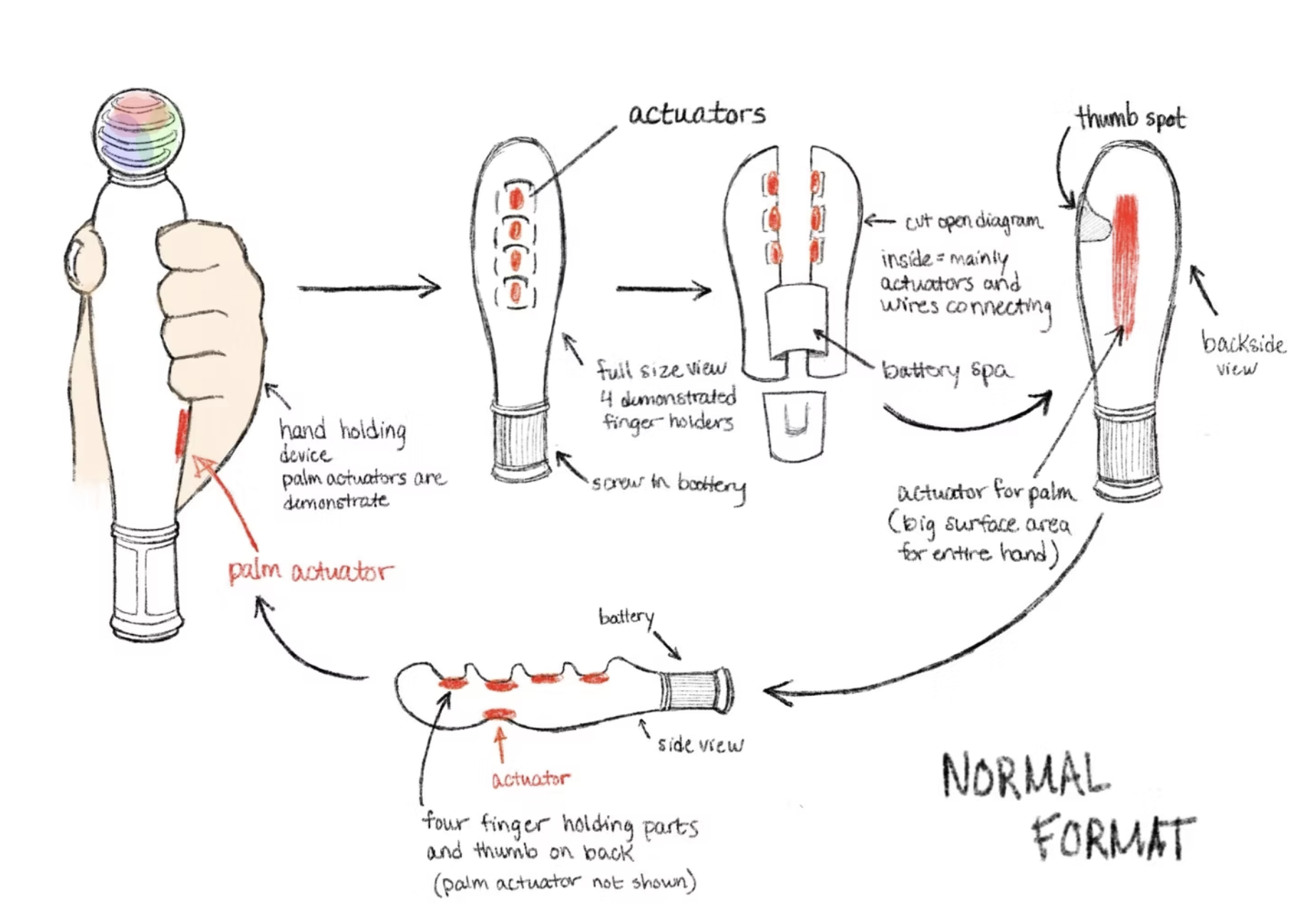
Music By Vibrations
Abstract
This research paper examines how members of the Deaf community engage with music through vibration, investigating the sensory, cultural, and technological dimensions that shape non-auditory musical experience. While music is often defined through hearing, Deaf individuals interact with rhythm, pulse, and resonance in ways that challenge conventional assumptions about what it means to “listen.” Through an interdisciplinary approach combining literature review, cultural analysis, interviews, and exploratory prototyping, this study investigates how musical elements—such as rhythm, tempo, and dynamic variation—can be meaningfully translated into tactile patterns.
Drawing from research in vibrotactile perception, Deaf studies, and sound-to-touch technologies, the project explores the emotional and cognitive impact of vibration as a sensory channel. Interviews with Deaf learners and educators provide insight into the community’s relationships with music, highlighting both the barriers imposed by traditional audio-centric design and the possibilities opened by tactile engagement. A series of early prototypes were developed to convert audio signals into distinct vibrational patterns, revealing the potential for haptic devices to create more inclusive modes of musical interaction.
Ultimately, this study positions vibration not as a secondary substitute for sound, but as a legitimate, expressive, and culturally significant pathway for accessing music. By reframing music as a multisensory medium, the research contributes to ongoing conversations in accessibility, design, and embodied perception—broadening our understanding of how people connect, feel, and experience art beyond the auditory realm.
Where vibration, empathy, and design meet.
These early sketches capture my initial exploration into how vibration could translate musical elements into a physical experience. Through diagramming, ideation, and hand-drawn concepts, I mapped out actuator placements, grip ergonomics, and how tactile patterns might interact with different parts of the hand. This stage helped me visualize the internal structure and mechanics before moving into digital prototyping and user testing.

